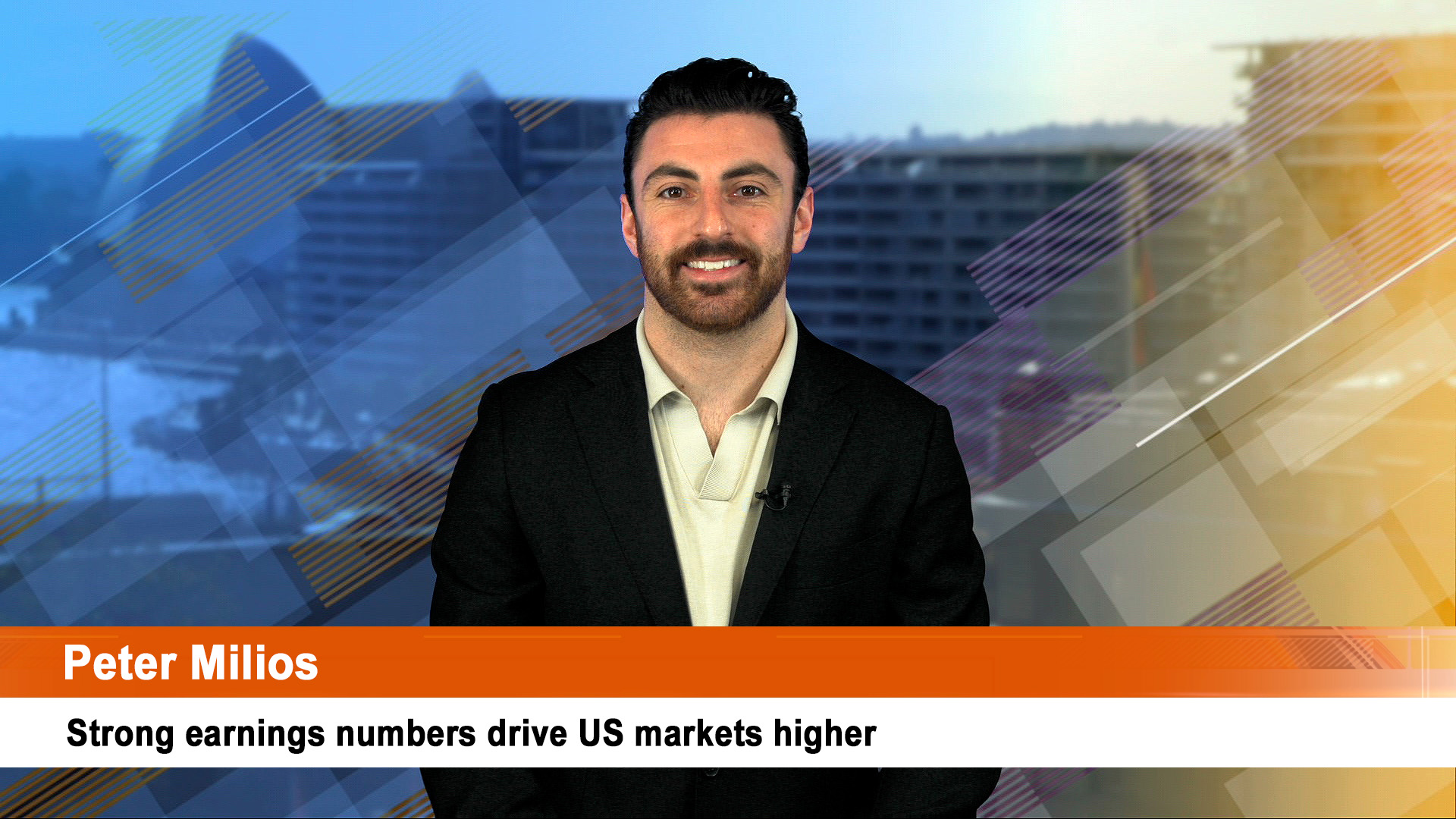The ASX is again facing big losses at the start of trading Tuesday after huge falls across the globe on Monday as the economic and social impact of the coronavirus worsened.
The Dow crashed nearly 3,000 points on Monday or nearly 13%, the S&P 500 shed 325 points or 12% and the Nasdaq plunged more than 970 points or 12.3%.
As a result, the futures market had the ASX 200 opening more than 200 points lower or over 4% in another weak start to a session.
The Aussie dollar was trading around 61.20 in Asia on Tuesday morning – it had spiked above 63 US cents in early trading, then slumped.
Oil fell sharply, as did copper and gold, pointing to rough sessions today on the ASX after big falls on Monday. The gold index fell more than 12% on Monday, the energy index lost well over 13%.
Several countries including Russia, Egypt, Malaysia, and Switzerland closed their borders, as the European Commission proposes banning “non-essential” travel to the EU for 30 days. UK PM, Boris Johnson urges Britons against “non-essential contact” but stopped short of any bans.
German Chancellor Angela Merkel orders a lockdown of non-essential shops and venues, while French President Emmanuel Macron instructs citizens to stay at home except for essential reasons.
As of Monday night, there were 376 cases of COVID-19 in Australia. Of those, 171 are in NSW, 71 are in Victoria and 68 are in Queensland
All that saw trading on Wall Street halted briefly (after the market slumped 9% from the start) for the third time in six days amid fears of a global recession.
President Donald Trump banned meetings larger than people and said the US economy was heading into recession – Goldman Sachs forecast a 5% slump in growth in the June quarter.
Monday saw the ASX suffer its worst day since the Black Monday crash of 1987, with the All Ordinaries index falling 9.5% and the ASX 200 index suffering its biggest one-day decline since launching 20 years ago, falling 9.7% to a four year low.
The dramatic sell-off came despite attempts by regulators -led by the Fed in the US, the Bank of Japan, the RBA and ASIC here and the RBNZ across the Tasman and institutional shareholders to calm market volatility.
Investors were stunned yesterday afternoon after the final settlement period from 4 pm saw another massive slump in the ASX 200. The index lost 100 points after 4 pm which saw the index lose 537.3 points to end at 5002, down 9.7% in a single session. The index is now back to where it was in April 2016.
The total value of the ASX fell by $162 billion on Monday to $1.51 trillion. The index has now fallen 30.3% since the high on 20 February.
The financial sector was particularly badly hit with banks falling to decade lows. Commonwealth Bank shed $6.64 to $59.72, Westpac fell $2.14 to $15.98, ANZ fell $2.35, or 12.5 per cent, to $16.45, and National Australia Bank fell $2.29 to $16.12.
The market’s largest company, CSL dropped 10.3% to $281.34 and fellow healthcare stock Cochlear dropped 19.3% in one day to $174.51 after a revealing second downgrade.
Telstra though ended 1.8% higher at $3.38 while supermarket giants Coles lost only 1.1% and Woolworths 2%. Both announced restrictions to buying and will start a special seniors and disabled persons’ hour every morning from tomorrow.
And superannuation fund UniSuper demanded back all shares currently loaned out to short sellers in its own attempt to help the market find a rational level.
“In a normally functioning market we’re comfortable lending our shares as we genuinely believe that it adds to market efficiency,’’ UniSuper’s chief investment officer John Pearce explained in a story on Fairfax Media.













